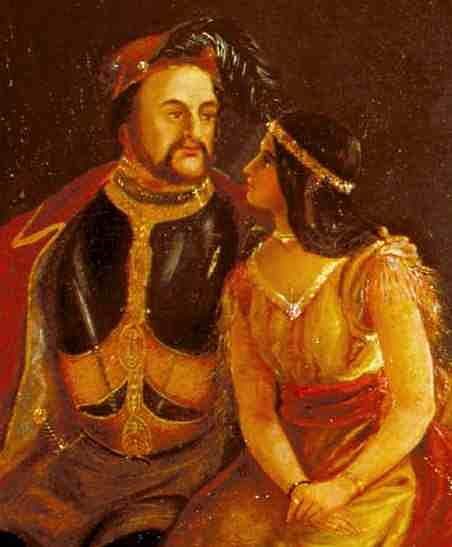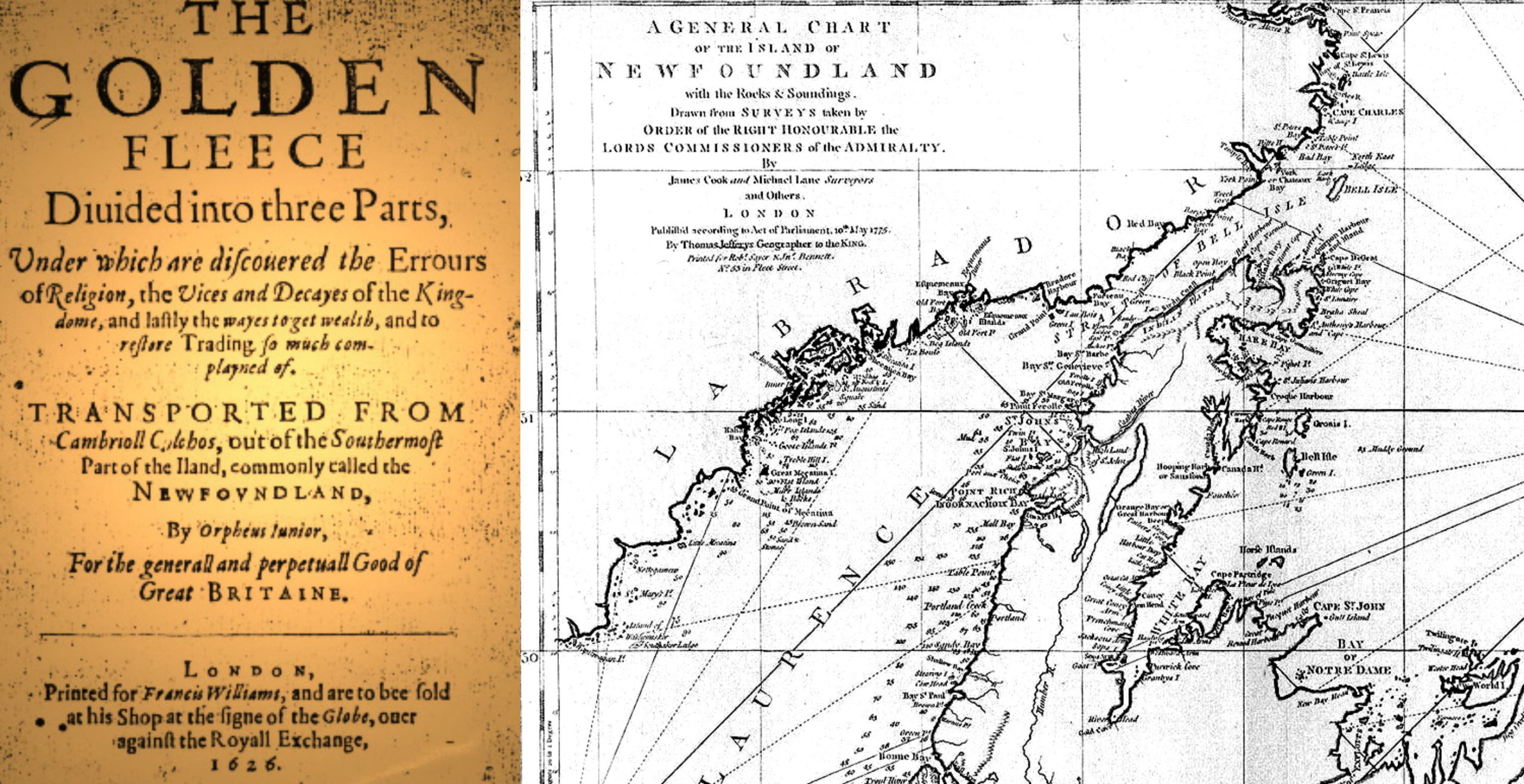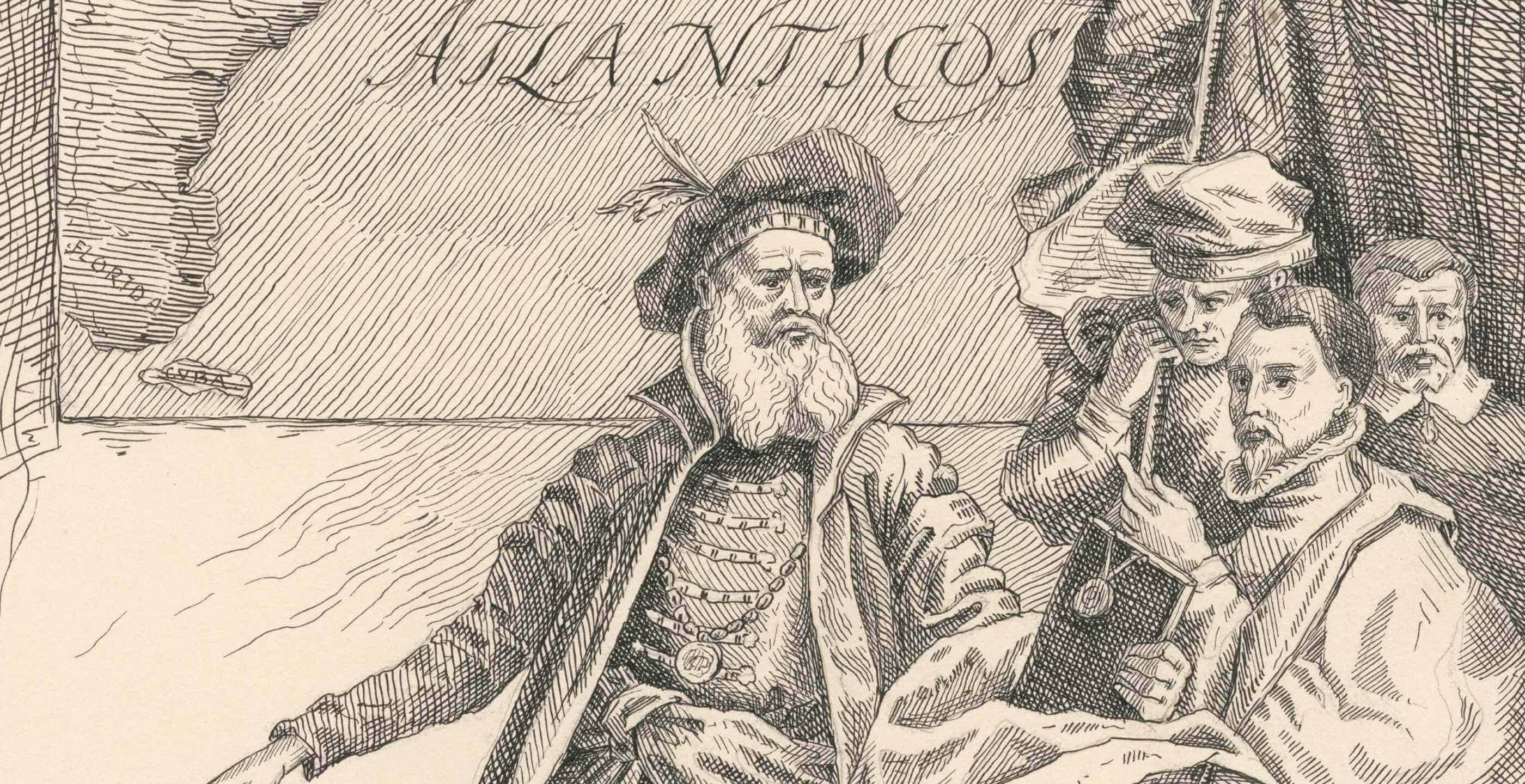Pocahontas was already something of a legend amongst the Virginian settlers at Jamestown. She had befriended and rescued Captain John Smith, and had helped the settlers survive a fierce winter. When Smith was injured in a gunpowder accident and forced to return to England, his young saviour was erroneously told he was dead.

In the years that followed Pocahontas’ relationship with the English quietened until she was kidnapped and held for ransom. During her time with them she converted to Christianity and was rechristened Rebecca. She then married tobacco farmer John Rolfe, and they had a son, Thomas. A tentative peace was established between her father, Chief Powhatan, and the English, often referred to as the ‘Peace of Pocahontas.’

In the year 1616, only a year after Thomas’ birth, it was decided by the Virginia Company to send the young family to England. The company wanted to entice more people to come to America, and hoped to dispel rumours about the violence of the Powhatan Indians. They thought that the intelligent, Christian and newly married Pocahontas would be the perfect ambassador. The colonists wanted to show the old country how her people were peaceable and could adopt an English way of life.
The Rolfe’s agreed to the trip, and Chief Powhatan sent some of his people to travel with them, including Pocahontas’ half sister, Matachanna and her husband, Uttamatamakin, a tribal priest. For these emissaries, as well as for Pocahontas and her young son, the long ocean journey was arduous.
When the seven weeks crossing was finally at an end Pocahontas and her family disembarked at Plymouth, and from there they endured a weeks long coach journey to London.

When they arrived in London it was unlike anything Pocahontas had ever seen. It was crowded and bustling, with buildings taller than the trees. It was spectacular but also very unhygienic. It was a completely different world from the wide-open spaces and lush forests of America. Chief Powhatan had asked Uttamatamakin to report back on the number of Englishmen; he was supposed to make a notch on his stick for every Englishman encountered, but he soon realised this would be impossible.
The family stayed in the Belle Sauvage Inn, which was not the most auspicious of accommodations as it attracted some of the worst of London society. In spite of this Pocahontas was well received in London. The English were fascinated by the new arrival, and generally treated her with respect. Her time in the capital was a whirlwind of activity and she attended several parties and theatre productions, often as an honoured guest.
Amongst those who called on her were the Lord and Lady De La Warre, the Reverend Samuel Purchas and the Bishop of London. There was one Englishman however who was conspicuously absent in paying his respects-John Smith. Contrary to what Pocahontas had been led to believe he was alive and well. He even wrote to Queen Anne asking that she receive his old friend warmly, but he did not initially come to visit.
The Queen did receive Pocahontas and was impressed with her grace and manners. Subsequently Pocahontas was invited to the event of the Christmas season, the Twelfth Night masque, with both the King and Queen in attendance. There is some debate as to when Pocahontas met King James I, some speculate they met before the masque and others on the night, where Pocahontas is alleged to have not recognised the monarch due to his unprepossessing disposition.

The masque performed that evening was Ben Jonson’s Vision of Delight. It would have been a dazzling spectacle, but difficult for Pocahontas to understand, and she would not have had her husband beside her to help explain. Rolfe did not meet with the monarchs, or attend many of the events to which his wife was invited. This was largely due to his status as a farmer, his perceived impertinence at marrying a ruler’s daughter and the fact that he farmed tobacco, a substance King James abhorred.
During her time in England Pocahontas was also sketched by the Dutch artist, Simon de Passe, who later made an engraving based on these sketches. This was the only portrait of Pocahontas made during her lifetime and she was depicted in traditional English court dress.
Pocahontas enjoyed her time in London, but the climate did not agree with her. Several of the Powhatans who had accompanied her had fallen ill and some had even died; Rolfe decided they should move to the cleaner air of Brentwood, Essex. From here Rolfe family history also states that the couple visited the family seat in Heacham, Norfolk.
It was at Brentwood that her old friend John Smith finally visited. Upon his arrival Pocahontas was so overcome, she had to leave the room for several hours. When she returned she berated him for not sending word of his safety. They spoke of old times and she told him they would always be ‘countrymen.’
Unlike her husband, who was eager to return to his farm, Pocahontas was reluctant to return to her native Virginia. Rolfe however organised their return journey for the second week of March, despite that fact that Pocahontas, Thomas and Matachanna were unwell.
They set sail but Pocahontas deteriorated rapidly and they were forced to stop in the town of Gravesend, Kent. Here Pocahontas was taken from the ship to a local inn. She was likely suffering from either tuberculosis or pneumonia, and passed away, aged around twenty-one, offering words of comfort to her husband.

Pocahontas was buried in Gravesend, at St George’s Church, and Rolfe returned to America soon after. He left his young son in the care of relatives and Thomas would not return to America until adulthood.
Although the exact location of Pocahontas’ grave is no longer known a statue resides in the churchyard of St George’s to commemorate her fascinating and inspiring life.
Erin Bienvenu is a freelance writer with a passion for history and literature.
Published: 5th July 2022







